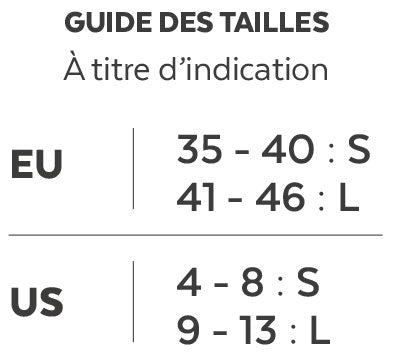Quickshop
Your cart is empty!
DISCOVER OUR TREATMENTSFungal Nails Serum
Eliminates fungus and regenerates the nail
Booster Serum - Nail fungus
Accelerates healing and intensifies treatment
Ridged and broken Nails Serum
Hardens, regenerates and smoothes for strong, shiny nails
Nails damaged by fungus and traumatism Cap
Protects the nail and prevents damage
Very dry and damaged feet Serum
Intensely nourishes for 24 hours
Color Care Tea Tree Nail Polish - Black
Purifies and nourishes yellow and damaged nails
Color Care Tea Tree Nail Polish - French White
Purifies and nourishes yellow and damaged nails
Color Care Tea Tree Nail Polish - Pearl White
Purifies and nourishes yellow and damaged nails
Color Care Tea Tree Nail Polish - Rosewood
Purifies and nourishes yellow and damaged nails
Color Care Tea Tree Nail Polish - Brown
Purifies and nourishes yellow and damaged nails
Color Care Tea Tree Nail Polish - Lilac
Purifies and nourishes yellow and damaged nails
Color Care Tea Tree Nail Polish - Nude Beige
Purifies and nourishes yellow and damaged nails
Color Care Tea Tree Nail Polish - Nude Blush
Purifies and nourishes yellow and damaged nails
Color Care Tea Tree Nail Polish - Brilliant Gold
Purifies and nourishes yellow and damaged nails
Color Care Tea Tree Nail Polish - Bright Rose Gold
Purifies and nourishes yellow and damaged nails
Color Care Tea Tree Nail Polish - Orange Mango
Purifies and nourishes yellow and damaged nails
Color Care Tea Tree Nail Polish - Parma
Purifies and nourishes yellow and damaged nails
Color Care Tea Tree Nail Polish - Coral Pink
Purifies and nourishes yellow and damaged nails
Color Care Tea Tree Nail Polish - Raspberry Pink
Purifies and nourishes yellow and damaged nails
Color Care Tea Tree Nail Polish - Powder Pink
Purifies and nourishes yellow and damaged nails
Color Care Tea Tree Nail Polish - Red Allure
Purifies and nourishes yellow and damaged nails
Color Care Tea Tree Nail Polish - Cherry Red
Purifies and nourishes yellow and damaged nails
Color Care Tea Tree Nail Polish - Black Red
Purifies and nourishes yellow and damaged nails
Color Care Tea Tree Nail Polish - Red Pink
Purifies and nourishes yellow and damaged nails
Color Care Tea Tree Nail Polish - Mole
Purifies and nourishes yellow and damaged nails
Color Care Tea Tree Nail Polish - Terracotta
Purifies and nourishes yellow and damaged nails












































